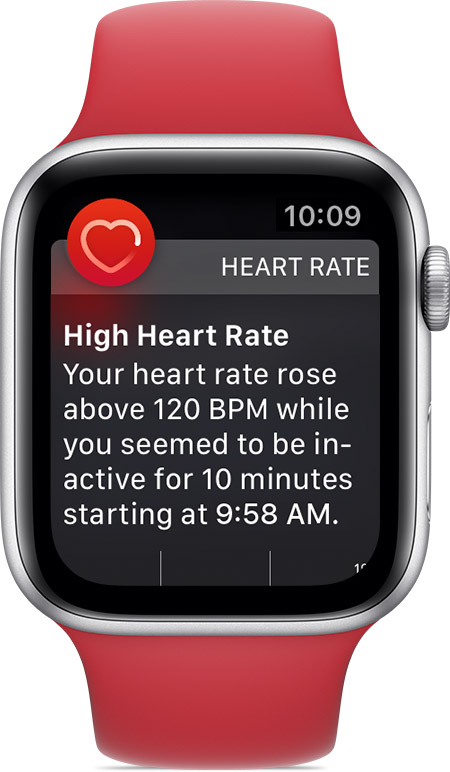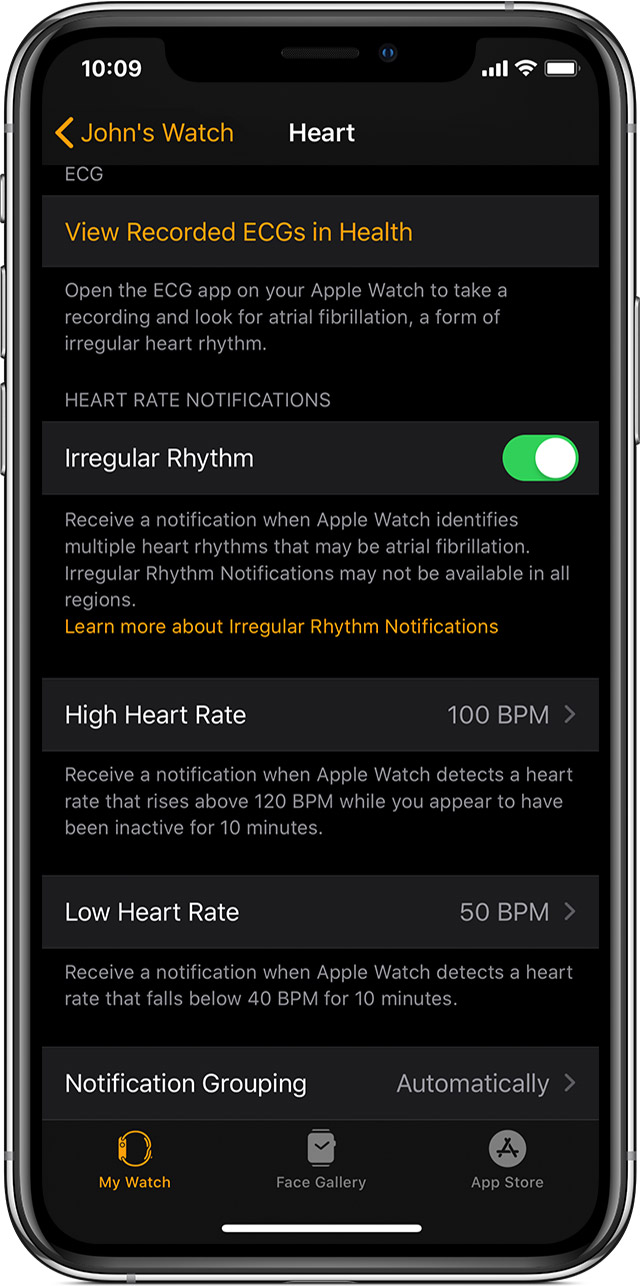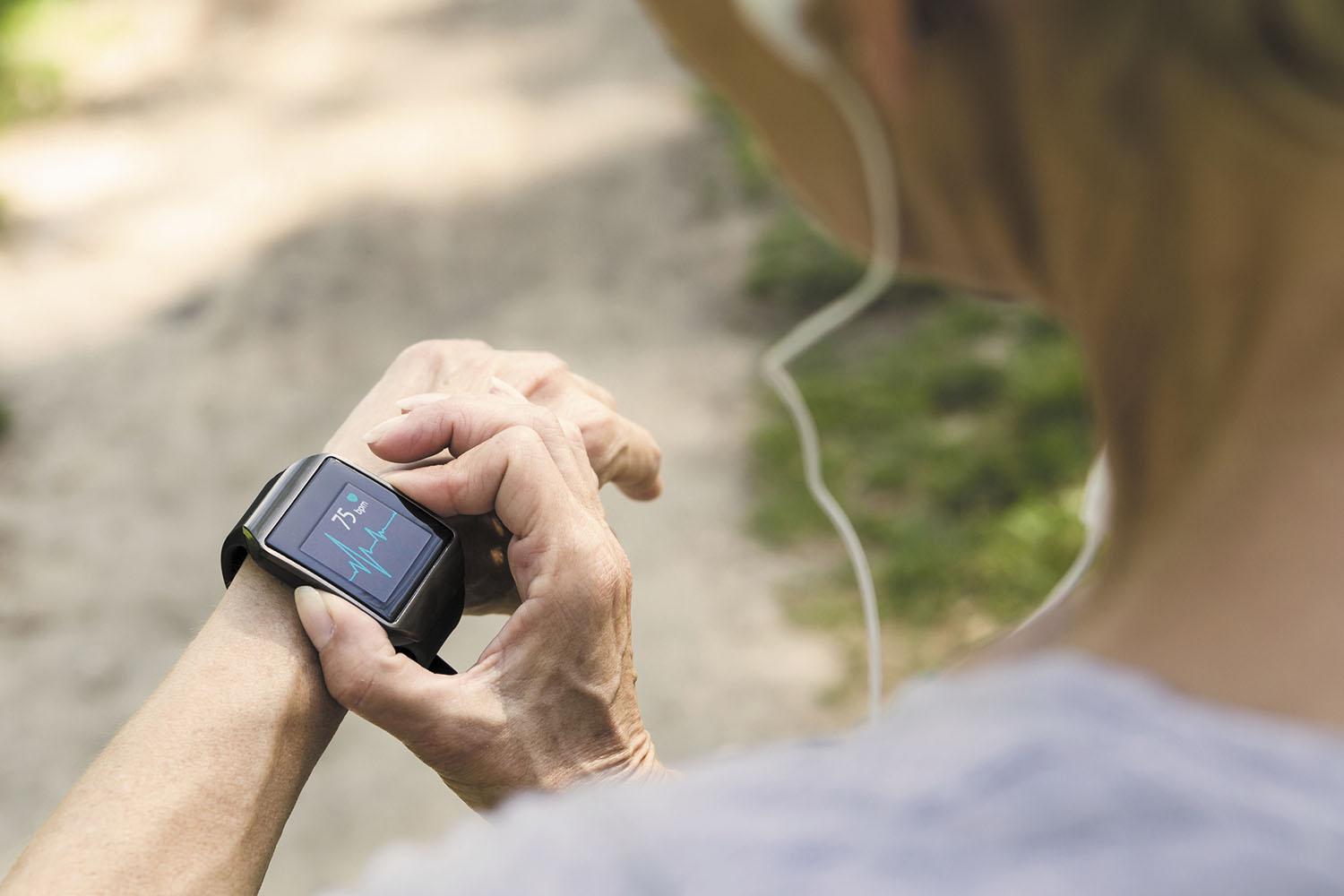What is Atrial Fibrillation and how is it related to Stroke? – Heart Vascular Centre
www.heartvascularcentre.com
During a normal heart rhythm, a specific group of heart muscle cells called the Sino-atrial node (SA node), will initiate the top chambers of the heart to contract and fill the bottom chambers of the heart with blood first. When the bottom chambers are filled with blood, they will contract to empty the blood so that it travels to the rest of the body. Usually, this rhythm is regular and coordinated to ensure proper blood circulation, with a heart rate of about 60-100 bpm (beats per minute).
However, during atrial fibrillation, the heart does not beat in synchrony anymore. Instead, the heart beats irregularly, causing the top and bottom chambers to be unable to coordinate to each other. This leads to the heart not being able to provide adequate blood supply to the rest of the body including the brain, at times, causing the patient to experience symptoms such as giddiness, shortness of breath, weakness and fatigue.
Often, atrial fibrillation can cause the heart chambers to dilate. The Left atrial appendage (LAA) of the left atrium (left top chamber of the heart), is a common place where blood pools and start to form clots in the heart. These clots can then be dislodged and travel through the circulation to the brain, thus causing a form of cardioembolic stroke.
Hence, patients who have atrial fibrillation are required to have their risk factors for stroke analysed by a cardiologist, and to decide if they are to start with anti-coagulant medications that will help to prevent blood from clotting to reduce their chance of having a stroke caused by the irregular heart rate.
One of such risk score is called the CHA2DS2-VASc Score.
Who are at risk of Atrial Fibrillation?
Atrial Fibrillation is the commonest heart rhythm disorder and affects millions of people around the world. The condition increases with age – it is very unusual in people below the age of 30 but affects as many as 1 in 20 (i.e. 5%) people over the age of 65.
People who have any of the following are at higher risk of developing atrial fibrillation:
Pre-existing heart conditions, such as hole in the heart, leaky heart valves or rheumatic heart diseaseHigh blood pressureOther chronic conditions, such as thyroid problems, sleep apnea, diabetes and kidney diseaseDrink alcoholObeseFamily history
One should seek for a Cardiologist’s advice when he or she experience heart palpitations (fast heart beats), that last more than a few seconds or more frequently, or that feels to be irregular. Additional warning signs such as giddiness, fainting episodes, breathlessness or chest pain should be brought into attention as well.
www.heartvascularcentre.com
During a normal heart rhythm, a specific group of heart muscle cells called the Sino-atrial node (SA node), will initiate the top chambers of the heart to contract and fill the bottom chambers of the heart with blood first. When the bottom chambers are filled with blood, they will contract to empty the blood so that it travels to the rest of the body. Usually, this rhythm is regular and coordinated to ensure proper blood circulation, with a heart rate of about 60-100 bpm (beats per minute).
However, during atrial fibrillation, the heart does not beat in synchrony anymore. Instead, the heart beats irregularly, causing the top and bottom chambers to be unable to coordinate to each other. This leads to the heart not being able to provide adequate blood supply to the rest of the body including the brain, at times, causing the patient to experience symptoms such as giddiness, shortness of breath, weakness and fatigue.
Often, atrial fibrillation can cause the heart chambers to dilate. The Left atrial appendage (LAA) of the left atrium (left top chamber of the heart), is a common place where blood pools and start to form clots in the heart. These clots can then be dislodged and travel through the circulation to the brain, thus causing a form of cardioembolic stroke.
Hence, patients who have atrial fibrillation are required to have their risk factors for stroke analysed by a cardiologist, and to decide if they are to start with anti-coagulant medications that will help to prevent blood from clotting to reduce their chance of having a stroke caused by the irregular heart rate.
One of such risk score is called the CHA2DS2-VASc Score.
Who are at risk of Atrial Fibrillation?
Atrial Fibrillation is the commonest heart rhythm disorder and affects millions of people around the world. The condition increases with age – it is very unusual in people below the age of 30 but affects as many as 1 in 20 (i.e. 5%) people over the age of 65.
People who have any of the following are at higher risk of developing atrial fibrillation:
Pre-existing heart conditions, such as hole in the heart, leaky heart valves or rheumatic heart diseaseHigh blood pressureOther chronic conditions, such as thyroid problems, sleep apnea, diabetes and kidney diseaseDrink alcoholObeseFamily history
One should seek for a Cardiologist’s advice when he or she experience heart palpitations (fast heart beats), that last more than a few seconds or more frequently, or that feels to be irregular. Additional warning signs such as giddiness, fainting episodes, breathlessness or chest pain should be brought into attention as well.






